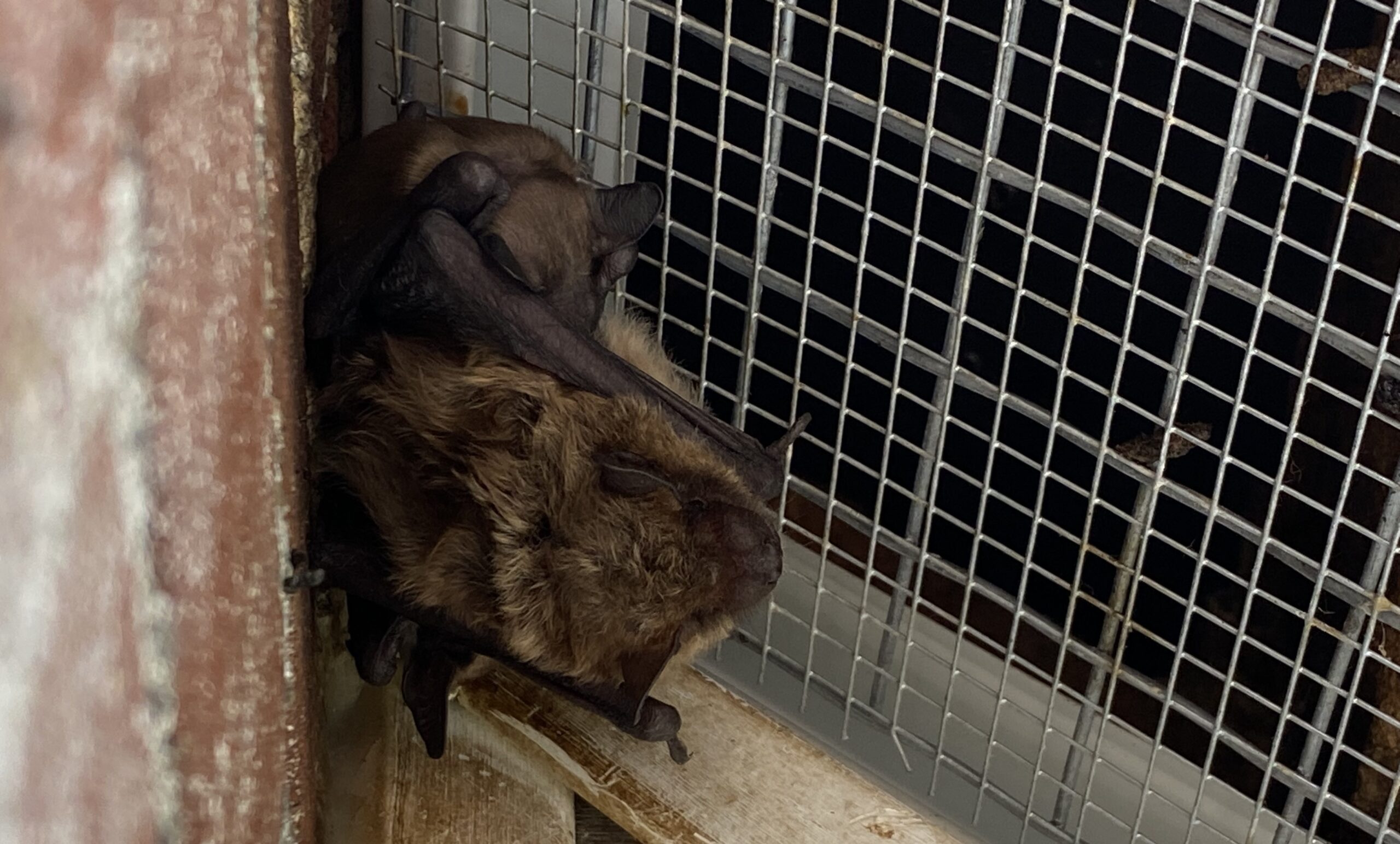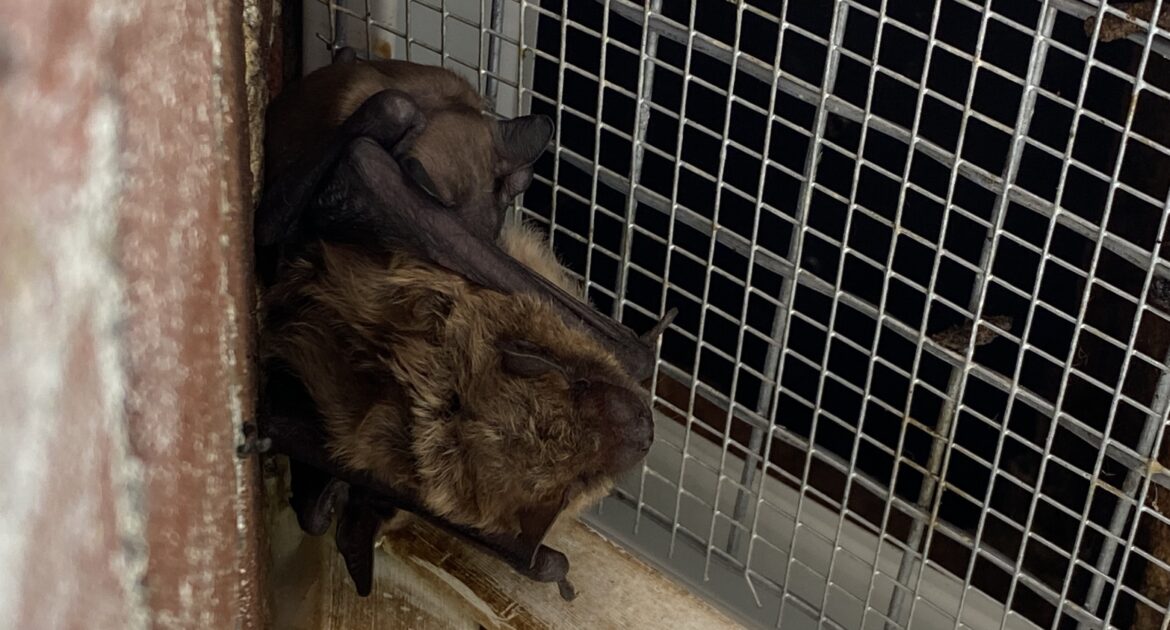Bats are an essential part of our ecosystem, but their presence inside your home can raise serious concerns, particularly about rabies. If you’re a Milwaukee homeowner, understanding the risks associated with bats, knowing when they are most active, and learning the best way to handle them is crucial. Without proper management, bats can present health risks while also causing damage to your property.
Here, we’ll address common myths about bats and rabies, discuss the facts, and explain preventive measures that can help keep your family and home safe. Plus, we’ll highlight the importance of professional wildlife removal in Milwaukee to resolve any bat-related issues effectively.
Common Myths About Bat Rabies In Milwaukee
Misinformation about bats and rabies is everywhere. These misconceptions can stir up unnecessary fear and lead to unwise actions. By identifying the myths and addressing them with factual information, you’ll be better equipped to deal with bats in your home.
Myth 1: All Bats Carry Rabies
Many people think every bat is carrying rabies. This is not true.
- The Facts:
- Less than 1% of bats are actually infected with the rabies virus.
- Most bats are healthy and keep to themselves, playing key roles in controlling insect populations.
- However, you should always treat bats as a potential risk. If you encounter one, avoid handling it and take precautions to protect yourself.
- Signs of Concern:
- Bats seen during the day or those struggling to fly are more likely to be sick.
- If you spot a bat that appears weak or disoriented, it’s best to contact a professional for assistance.
Myth 2: You Can Tell If a Bat Has Rabies by Looking at It
It’s a common belief that sick bats act or look different from healthy ones.
- The Facts:
- While strange behavior, such as appearing in daylight, can be a warning sign, a bat’s overall appearance doesn’t always indicate illness.
- Some bats with rabies may look perfectly normal, making it impossible to confirm their health without professional testing.
- What You Should Do:
- Never try to pick up a bat, no matter how harmless it may seem.
- Teach children and pets to stay away from bats to reduce the risk of exposure.
Myth 3: Bats Are Aggressive Toward Humans
Bats are often depicted as aggressive animals that will attack humans unprovoked.
- The Facts:
- Bats are shy creatures and prefer to avoid humans altogether. If one appears close to you, it’s likely trying to find its way outside.
- Bats may bite only when they feel threatened or cornered. Avoid attempts to catch or trap them with your hands, as this could lead to defensive behavior.
Myth 4: Rabies Is Only Spread Through Bites
Many assume that you’re only at risk if a bat bites you.
- The Facts:
- Although bites are the most common transmission method, rabies can also spread through scratches or infected saliva entering a wound or mucous membrane.
- This underscores the importance of avoiding all direct contact with bats and seeking medical advice if you suspect exposure.
Key Facts About Bat Rabies
When examined more closely, the facts about bat rabies help to separate the risks from rumors. Here’s what you need to know and how these facts apply to life in Milwaukee.
Rabies Is Rare but Serious
Rabies is a deadly disease, but cases in humans are extremely uncommon in the United States due to effective vaccinations and prompt treatments.
- Medical professionals estimate only a small fraction of bats carry the rabies virus.
- However, if left untreated, rabies is almost always fatal, making quick action essential after any potential exposure.
Bats Are Vital to the Ecosystem
While their presence in your attic might be a problem, bats play an indispensable role in nature.
- They eat an enormous number of insects, helping to control pest populations. Just one bat can consume up to 1,000 mosquitoes in a single night!
- They also contribute to pollination and seed dispersal. Because of their importance, humane bat removal methods are always the preferred solution.
Contact With Bats Raises the Risk
The primary way rabies spreads is through close encounters with bats.
- Cases of rabies transmission typically occur when people attempt to handle bats themselves.
- Scratches and even seemingly minor skin contact with bat saliva can lead to infection.
- Wearing gloves and maintaining a safe distance are essential precautions.
When Are Bats Most Active?
If you’re dealing with bats in Milwaukee, timing is everything. Here’s what you should know about bat activity patterns and how to address infestations effectively.
- Active Months: Bats in Wisconsin are busiest during the warmer months, from April through October. During this time, they’re out searching for food and establishing roosts, including in attics, basements, and wall crevices.
- Ideal Time for Removal:
- Late summer through early fall is the best window for removing bats. By this point, baby bats (known as pups) have grown old enough to leave the roost independently.
- Removal efforts during this period ensure humane handling while preventing harm to young bats that are still relying on their mothers.
- Winter Months: During winter, bats in Milwaukee hibernate. Attempting removal during this time is often more challenging since they are less active and harder to detect.
Practical Tips for Bat Prevention
Proactively preventing bats from entering your home reduces the chances of issues like rabies exposure or property damage. Follow these steps to bat-proof your space:
- Seal Entry Points:
- Inspect your home for gaps, cracks, or holes in the roof, eaves, or siding.
- Seal any openings larger than ¼ inch with caulk, mesh, or weather-proof materials.
- Install Bat Exclusion Devices:
- One-way doors allow bats to exit your home but not re-enter. Once the bats leave for the evening, it’s safe to seal the exit point.
- Maintain Outdoor Spaces:
- Trim tree branches near your roof to eliminate easy access points.
- Avoid leaving outdoor lights on for extended periods, as this can attract insects, which in turn, attract bats.
- Hire Professionals:
- Trust expert wildlife removal services to handle bat infestations safely and humanely.
- Professionals ensure compliance with local regulations and use non-lethal methods to protect both the bats and your home.
Why Choose Skedaddle Wildlife Control in Milwaukee?
When it comes to wildlife removal in Milwaukee, Skedaddle Humane Wildlife Control offers the expertise and care you need. Here’s how we help:
- Comprehensive Inspections: We identify the entry points, nesting areas, and extent of the infestation.
- Safe, Humane Methods: Our team prioritizes non-lethal removal practices that protect bats while restoring your home’s safety.
- Long-Term Solutions: We seal your home to prevent future invasions, offering you peace of mind.
- Knowledgeable Professionals: Backed by years of experience, we understand bat behavior and use the latest techniques to remove them effectively.
If bats have made themselves at home in your attic, don’t wait for the problem to escalate. Contact Skedaddle Humane Wildlife Control today for expert bat removal in Milwaukee. Protect your family, home, and local wildlife through safe, humane, and effective solutions designed just for you.




